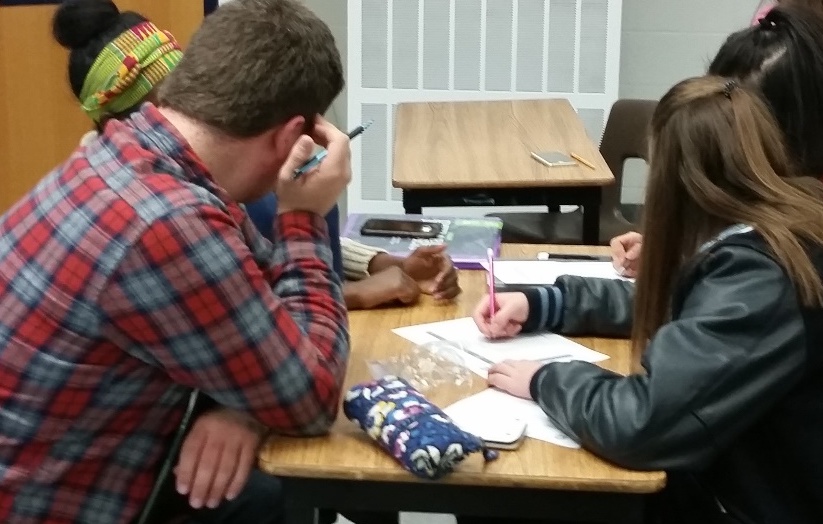Some plants grow, and others don’t. A variety of biochemical signals can disrupt normal function or inhibit the synthesis of essential molecules needed for plant growth. Karen Dillon at Adlai E. Stevenson High School in Livonia, Michigan used the Plant Inhibition lessons with her Advanced Placement Biology juniors and seniors to explore the possibilities.
After discussing what seeds need to start growing in terms of environmental and cellular factors, the group divided into groups of three or four. Using the four- and ten-sided dice, they engaged in the simulation and recorded the outcomes on Worksheet 1 and tallied the outcomes. After 40 trials, the class determined probabilities. Dillon said, “They were all familiar with the multiplication rule for multiple events occurring (seed is viable, seedling is inhibited, specific mode of inhibition), but the tree diagram was very helpful for presenting it visually.”

The next day, Dillon shared specific information concerning inhibitors from the Simulation of the Likelihood of Plant Growth PowerPoint. “This served as an excellent review of previously-learned material about organic molecules and cell structure and highlighted why all those parts matter.”
Dillon’s students enjoyed the simulation, expressing amazement at how many things can impact germination and seedling growth. “Most of them have limited experience with plants and this activity increased their appreciation for plants.”
“As a teacher, I enjoyed both the excitement generated by the simulation and the opportunities this lesson provided for reviewing previously-learned content and linking that knowledge to real-world applications. I like that my students have another tool for probability problems—the probability tree. I will be referring back to this lesson when we do our cell communication lesson. The importance of receptor site specificity will be reinforced then. During our Photosynthesis unit, I will be able to integrate some specific examples of herbicides from Smart Farming and have students predict the outcome of its use with justification based upon their understanding of photosynthesis.”



